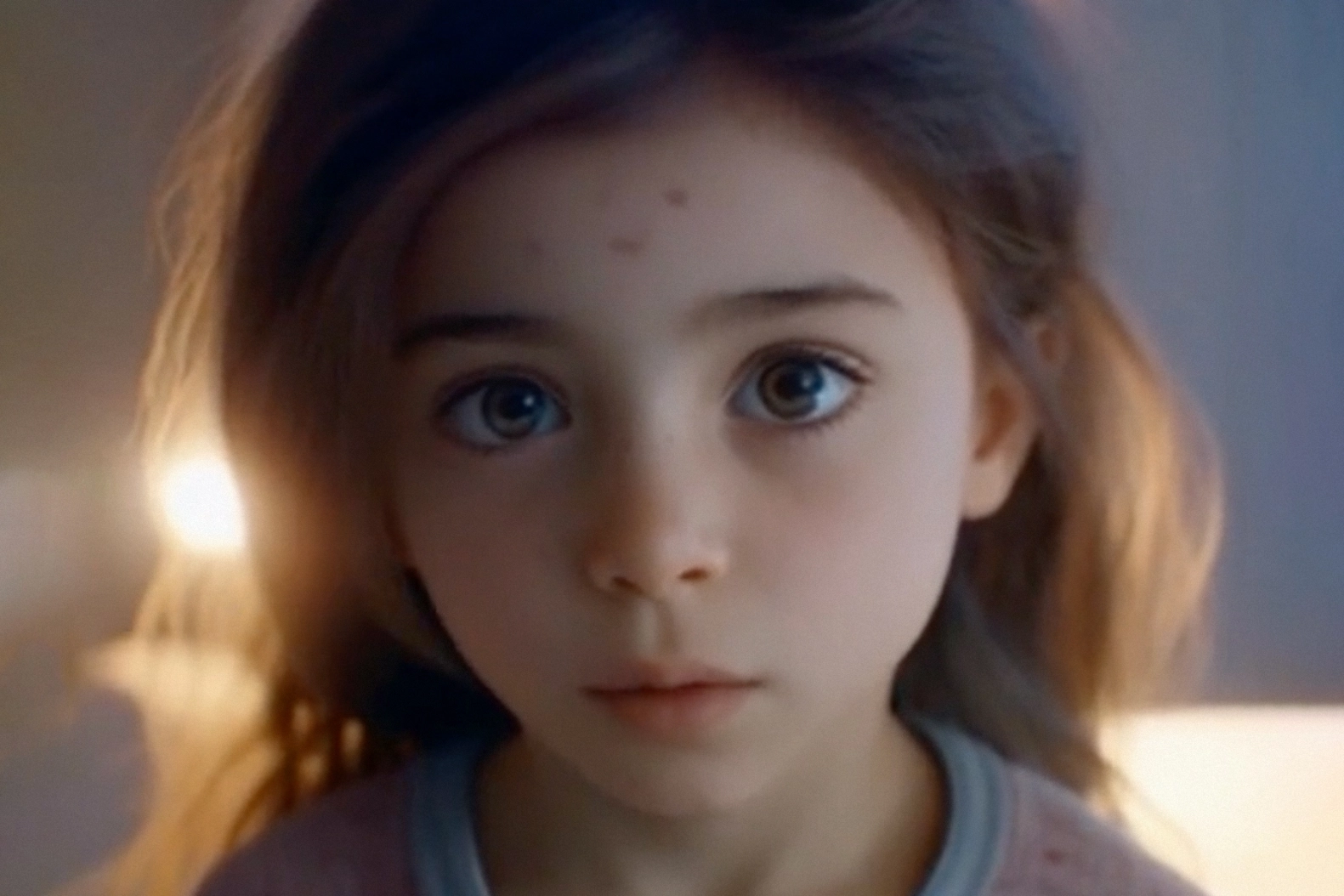By: Olivia Fang
In recent months, TikTok creators have used artificial intelligence to recreate the likeness of various missing and deceased children. In one video, an AI-generated image of 2-year-old James Bugler — a British toddler that was abducted and later tortured and murdered by two 10-year-olds in 1993 — accompanied by a childlike voice, shared the story of his kidnapping. In an interview with the Daily Mirror, Denise Fergus, James’ mom, shared that she thinks the videos are “disgusting” (Washington Post). “To use the face and a moving mouth of a child who is no longer here, who has been brutally taken away from us, there are no words,” she remarked.
Little James Bugler is just one of the many young victims featured on the channel. Other videos include 3-year-old Madeleine Beth McCann, 17-month-old Peter Connelly, and Anne Frank, all with AI-generated images and voices. A few creators defend their videos, claiming that they were made solely to raise awareness about these stories (Washington Post).
However, experts shared with the Washington Post that, “while technological advances in AI bring creative opportunity, they also risk presenting misinformation and offending the victims’ loved ones.” In response to these videos, TikTok spokesperson Barney Hooper writes to the Washington Post, “Our Community Guidelines are clear that we do not allow synthetic media that contains the likeness of a young person. We continue to remove content of this nature as we find it.”
Despite TikTok’s best efforts, many of these videos are still available on the platform and have even spread elsewhere to other platforms like YouTube. Many of these videos have raked in millions of views. Felix M. Simon, a researcher at the Oxford Internet Institute, shares with the Washington Post, “It is a widely held belief in many societies and cultures that the deceased should be treated with dignity and have certain rights.” He explains that these videos violate these principles, as they not only “appropriate the personality of the deceased”, they also “infringe upon what the deceased’s relatives perceive as their dignity” (Washington Post).
These AI videos are only the start. As AI develops, these videos will become more realistic, blurring the line between what’s real and what’s fake.
Source:
– AI social media videos depict missing, dead children narrating their stories – The Washington Post











